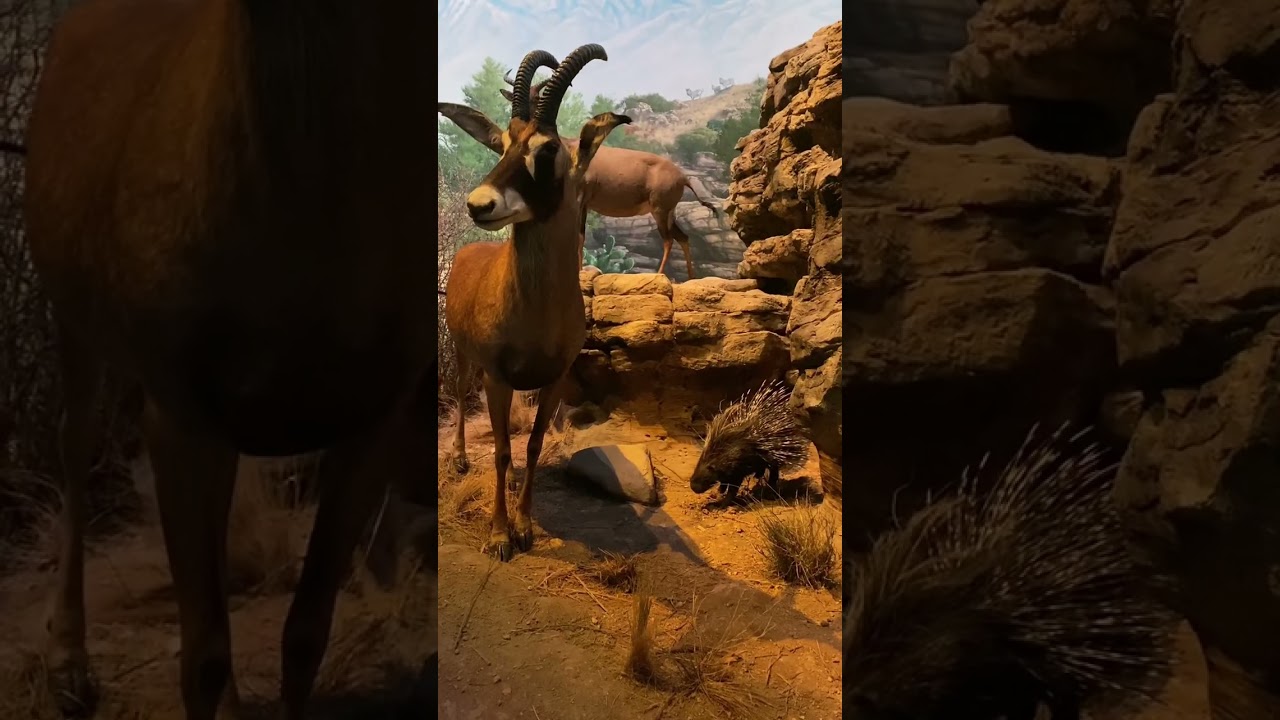– The immersive experience of Midwest African safaris and its importance in education and wildlife conservation.
– The role of zoological experts and environmental scientists in crafting authentic safari experiences outside Africa.
– The impact of Midwest African safaris on local ecosystems and global biodiversity conservation efforts.
– The future of wildlife tourism and conservation in the context of Midwest African safaris.
Many wildlife enthusiasts and conservationists dream of experiencing an African safari. Traditionally, this requires a journey to Africa’s vast and varied landscapes. However, many are unaware you can experience the next best thing in the Midwest. This region has developed exceptional safari experiences that closely mimic the African wilderness, providing an invaluable educational tool and supporting global conservation efforts.
A dedicated cadre of zoologists, zoo management professionals, and wildlife conservationists has spearheaded the creation of Midwest African safaris. These experts have worked tirelessly to recreate the African savanna’s diverse ecosystems within the American Midwest’s varying geographic landscapes. These safaris serve as a living classroom, offering visitors unique insights into African wildlife’s complex behaviors and interactions, all while promoting a message of conservation and respect for the natural world.
One of the critical aspects of delivering an authentic safari experience in the Midwest involves carefully selecting and managing animal species native to Africa. This includes popular large mammals such as lions, elephants, and giraffes and a wide array of bird species, insects, and smaller mammals that contribute to the ecosystem’s biodiversity. Zoological experts work to ensure these animals thrive in environments that closely resemble their natural habitats, including providing appropriate flora, terrain, and climate conditions.
Moreover, these safari experiences play a pivotal role in wildlife conservation on a global scale. They do so by raising awareness among visitors about the challenges these species face in the wild, including habitat destruction, poaching, and climate change. Many Midwest African safaris are actively involved in international conservation projects, contributing a portion of their revenue to fund anti-poaching efforts, habitat restoration projects, and wildlife research. This direct involvement demonstrates how regional tourist attractions can positively impact global biodiversity conservation.
Looking towards the future, the role of Midwest African safaris in wildlife tourism and conservation is likely to grow even more significant. As technological advancements enable more immersive and interactive visitor experiences, these safaris could become pivotal in fostering a deeper understanding and appreciation of wildlife and the importance of conserving our planet’s biodiversity. Furthermore, as global travel faces restrictions due to environmental and health concerns, the demand for high-quality, authentic wildlife experiences closer to home is expected to rise.
However, achieving this vision requires ongoing commitment and innovation from those involved in managing Midwest African safaris. This includes ensuring that the welfare of the animals is always the top priority and that the educational and conservation messages conveyed to visitors are clear, compelling, and scientifically accurate. It also involves working closely with local communities and ecosystems to ensure that these safari experiences contribute positively to the region rather than causing disruption or harm.
Midwest African safaris offer a precious opportunity for education, conservation, and adventure without traveling halfway around the world. They exemplify how carefully managed tourist attractions can support global conservation efforts while providing unforgettable experiences for visitors. As these safaris continue to evolve and expand, they stand as a testament to human ingenuity and our deep-seated connection with the natural world, offering hope for the future of local and global wildlife conservation.
*****
Source Description

